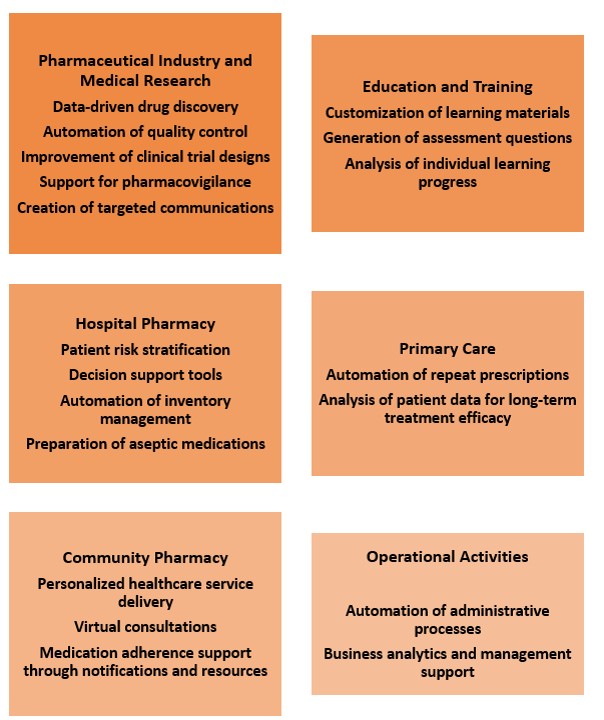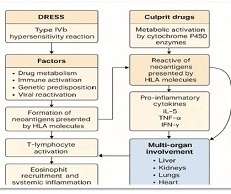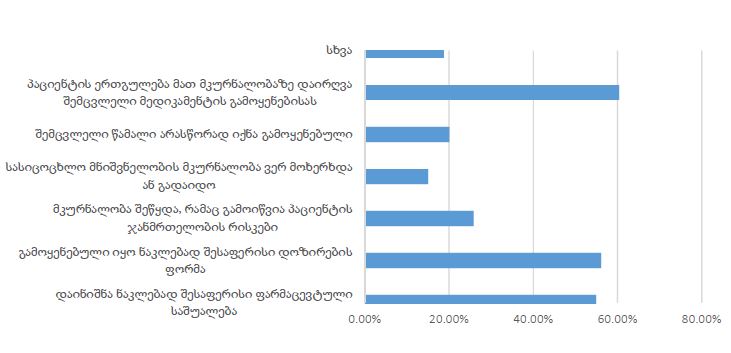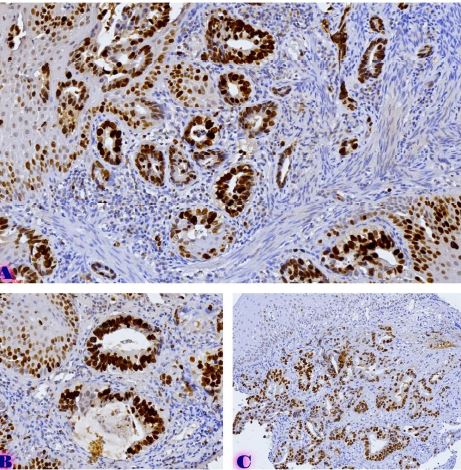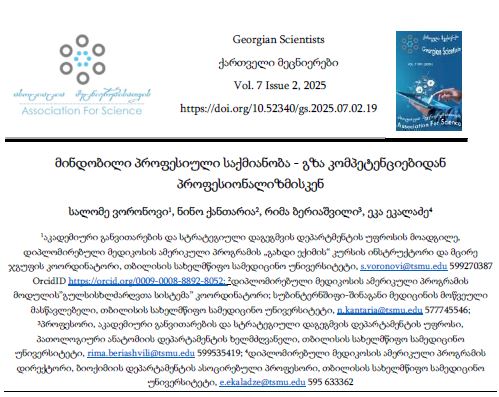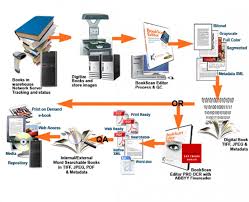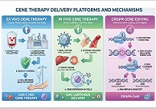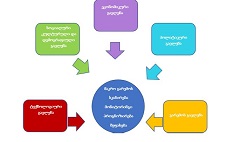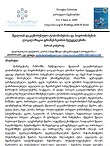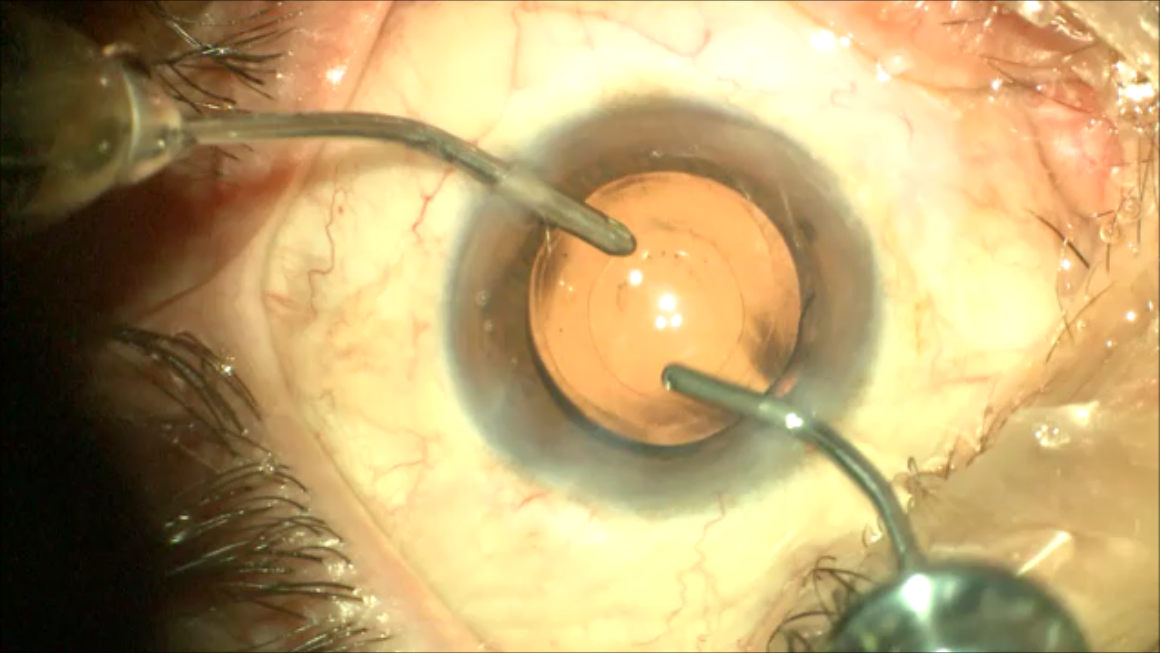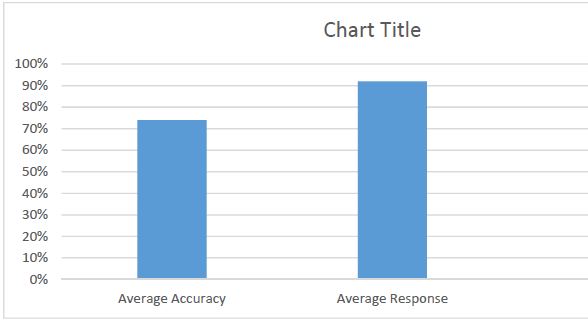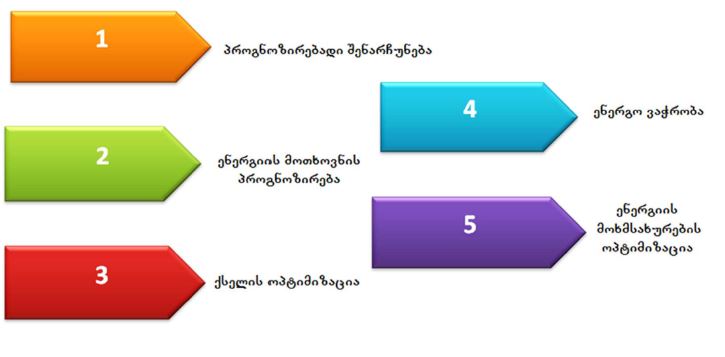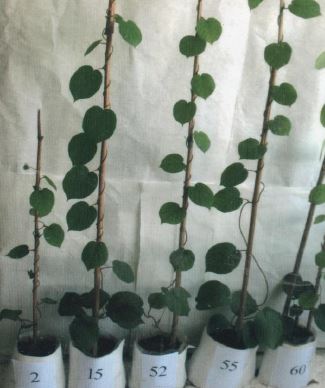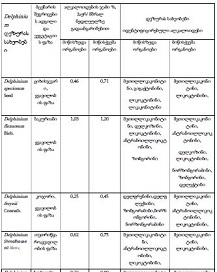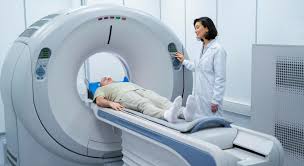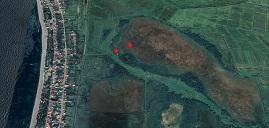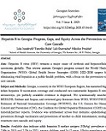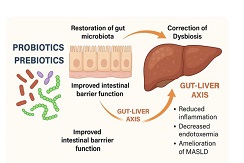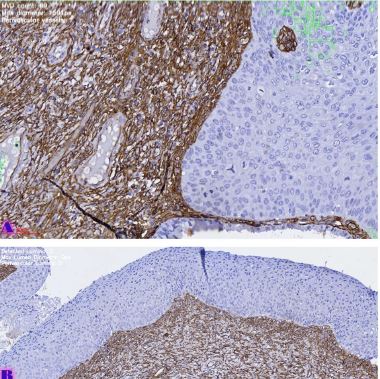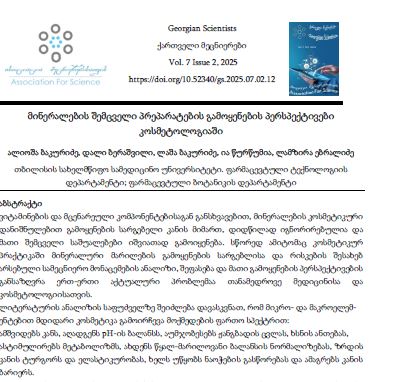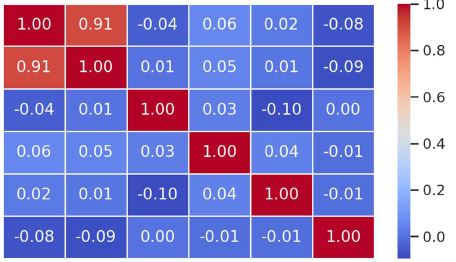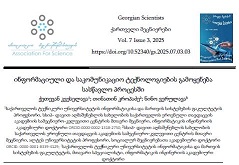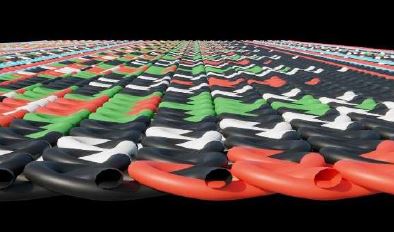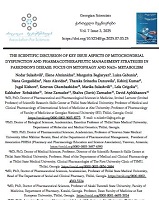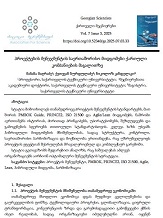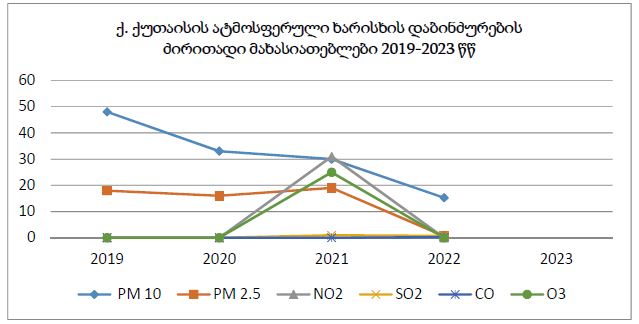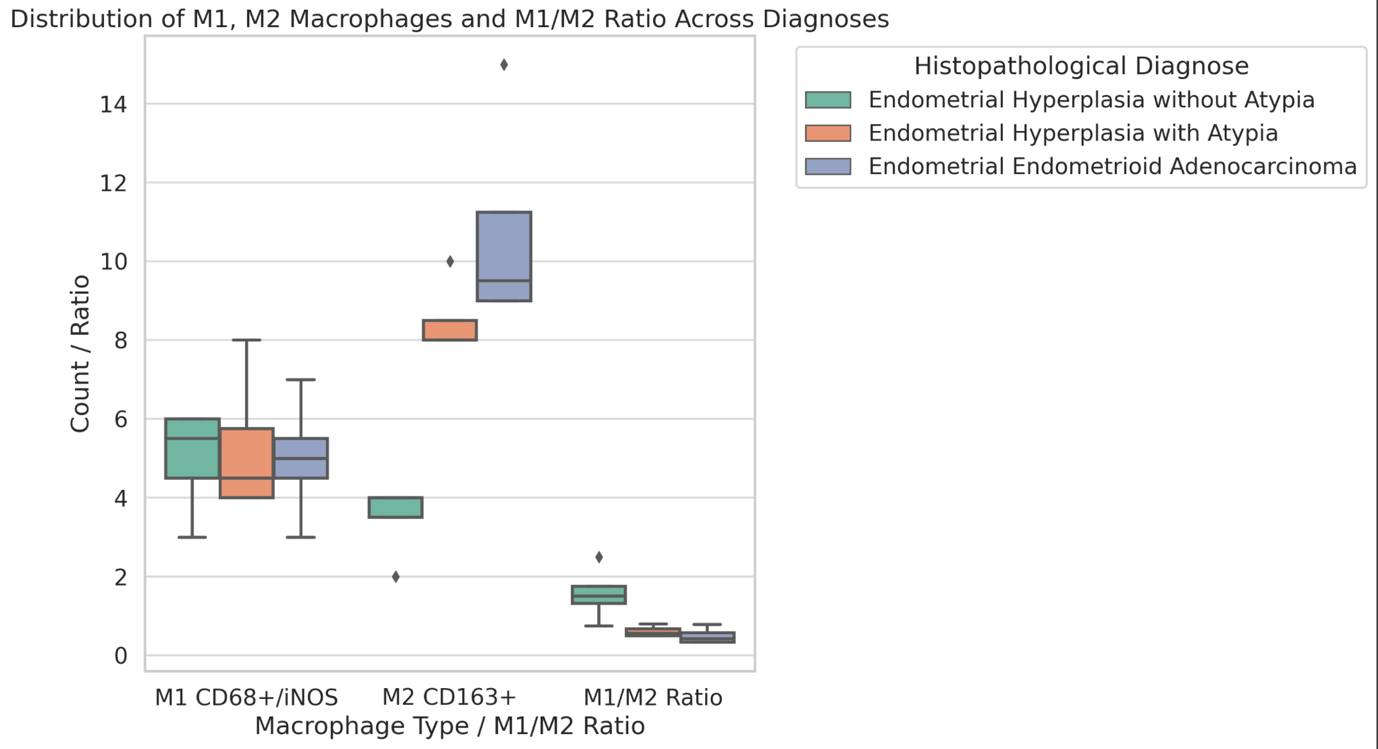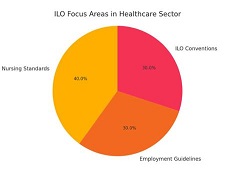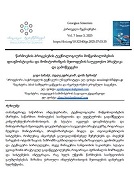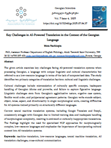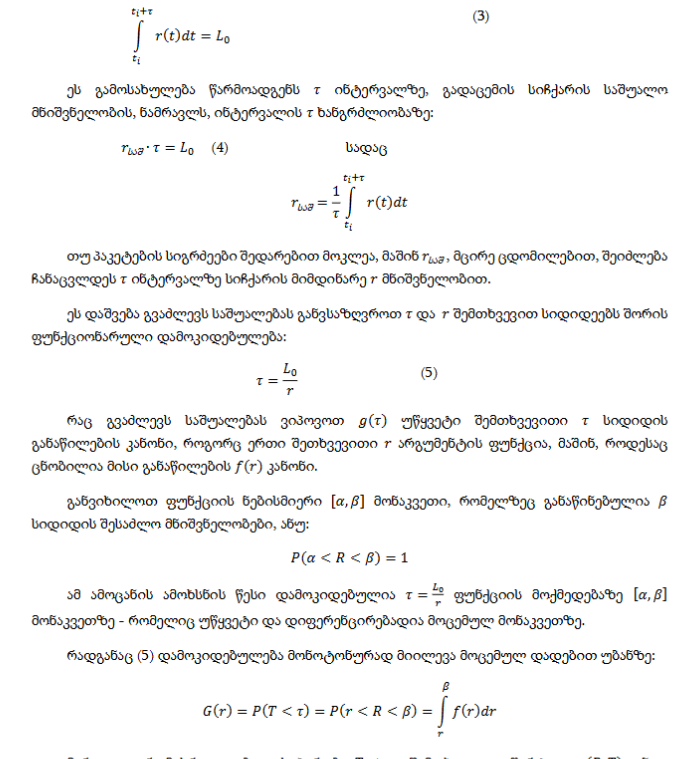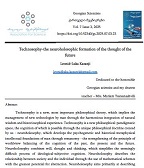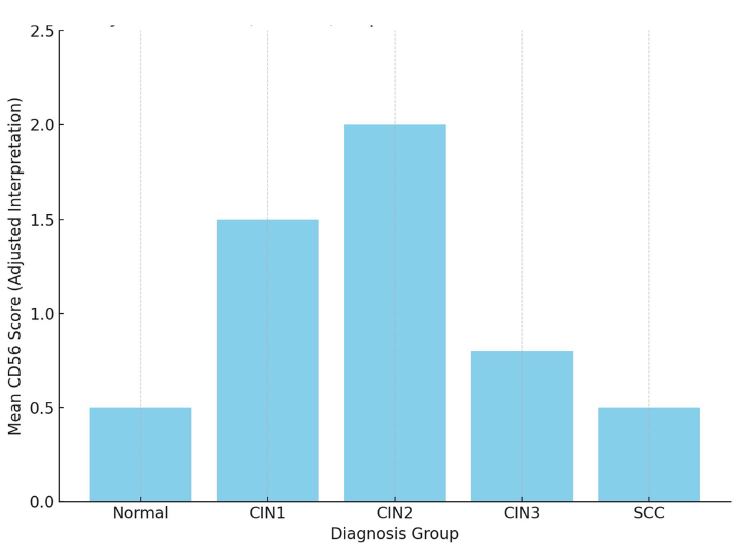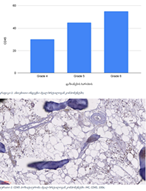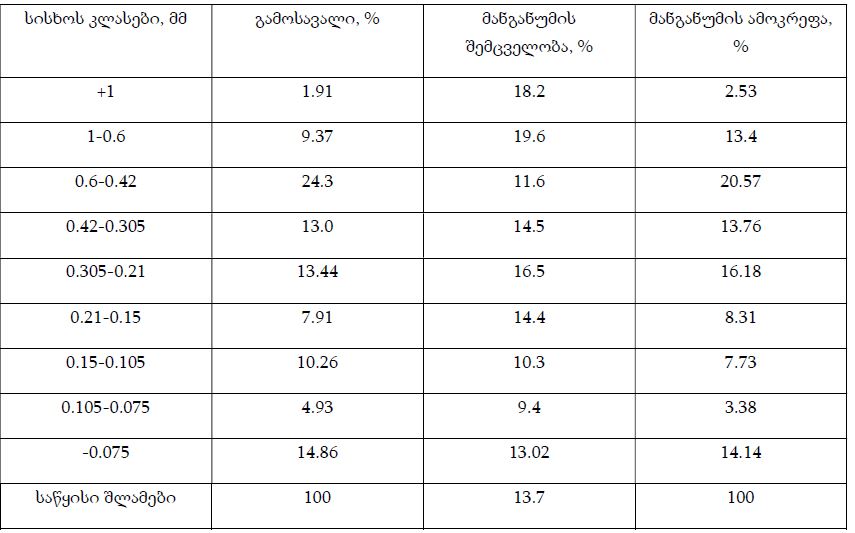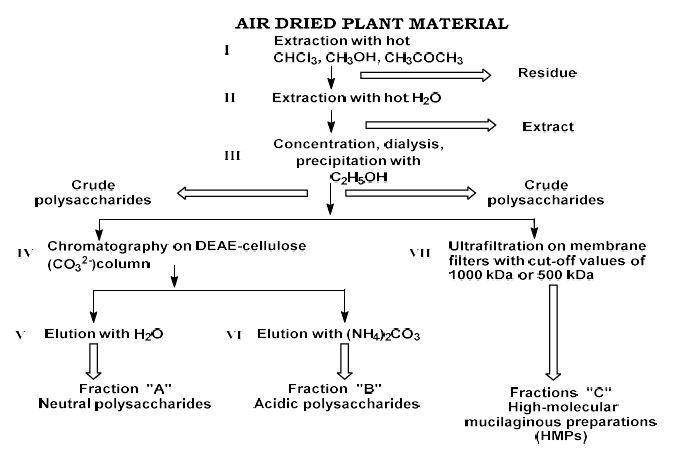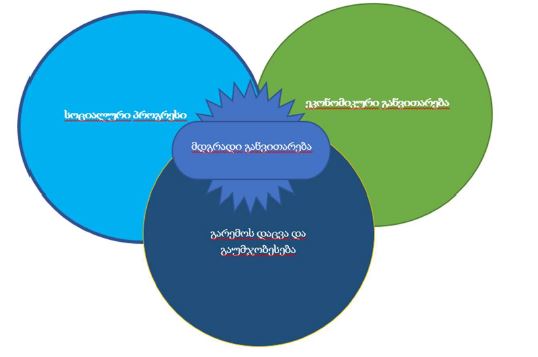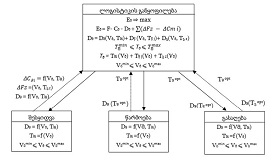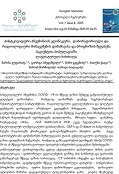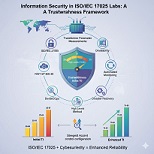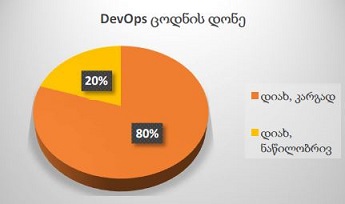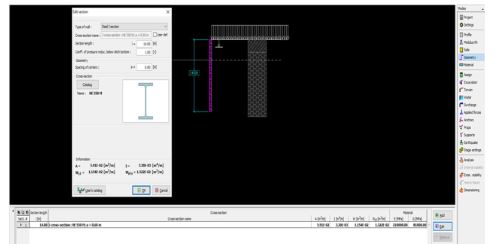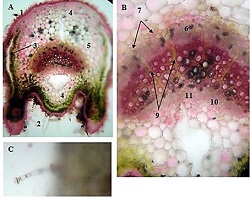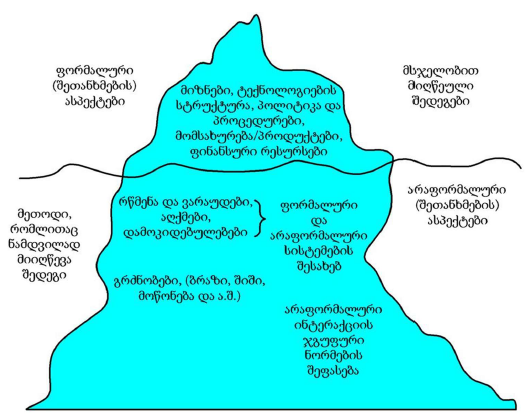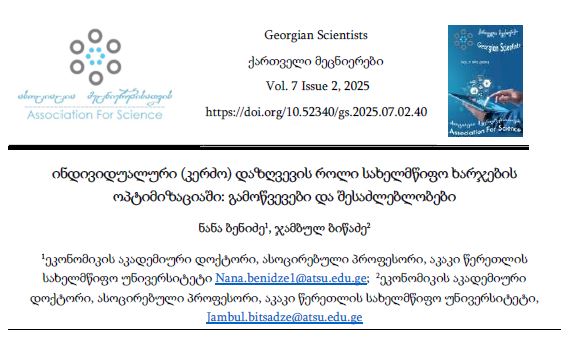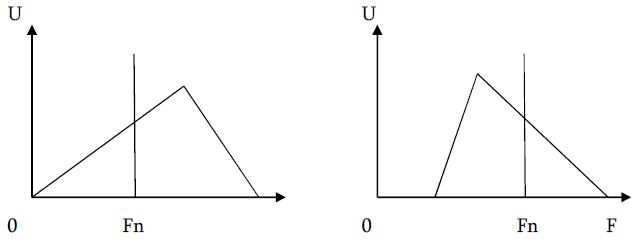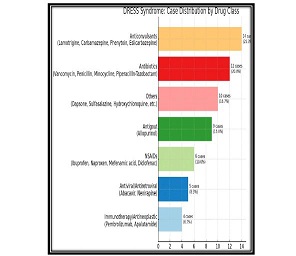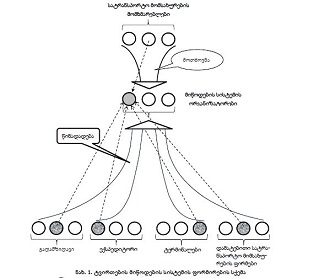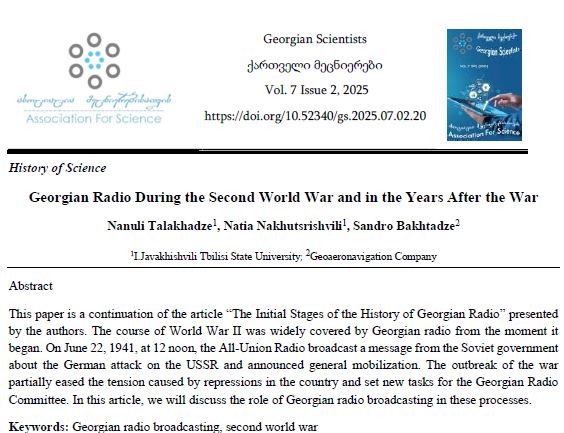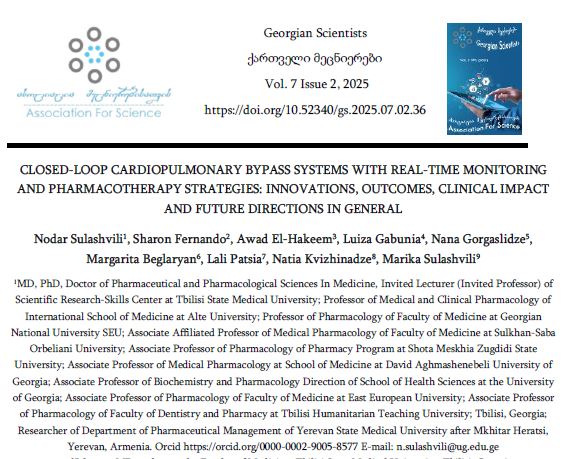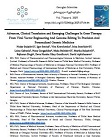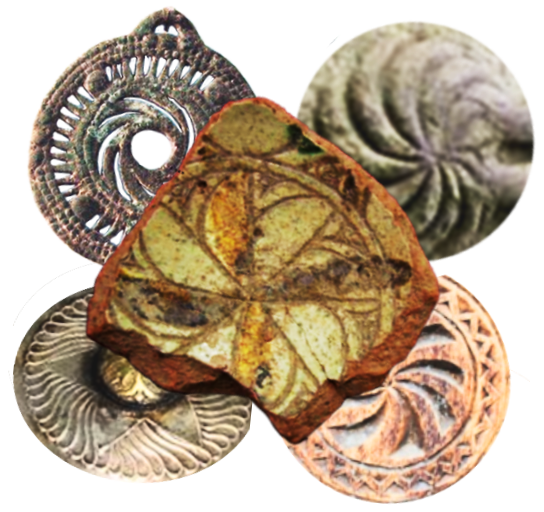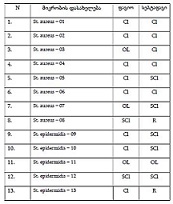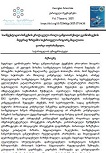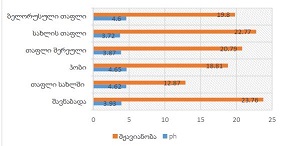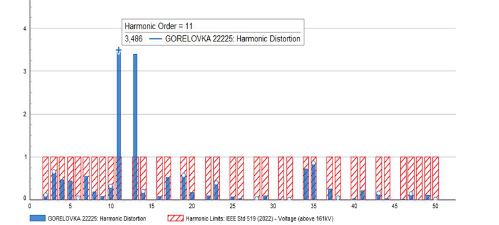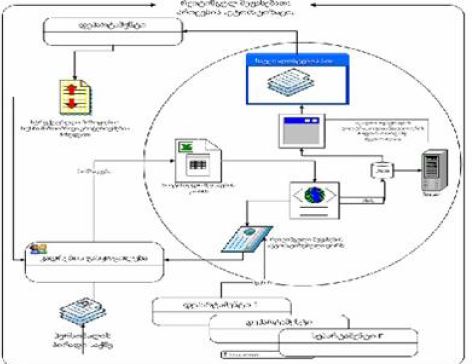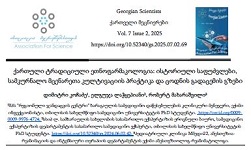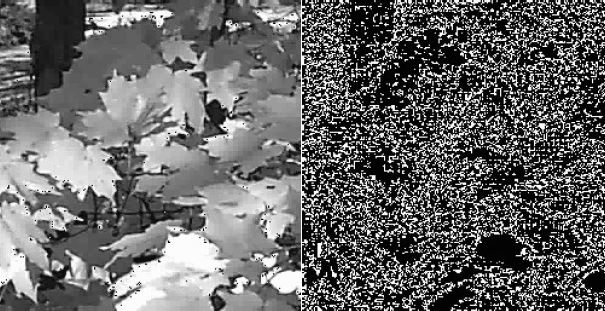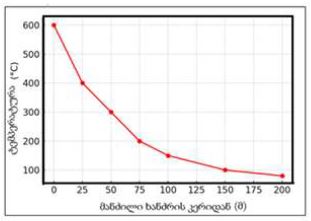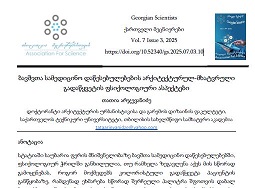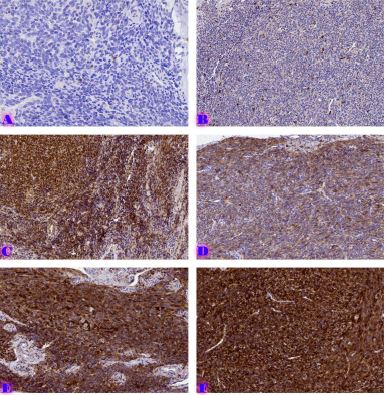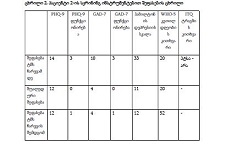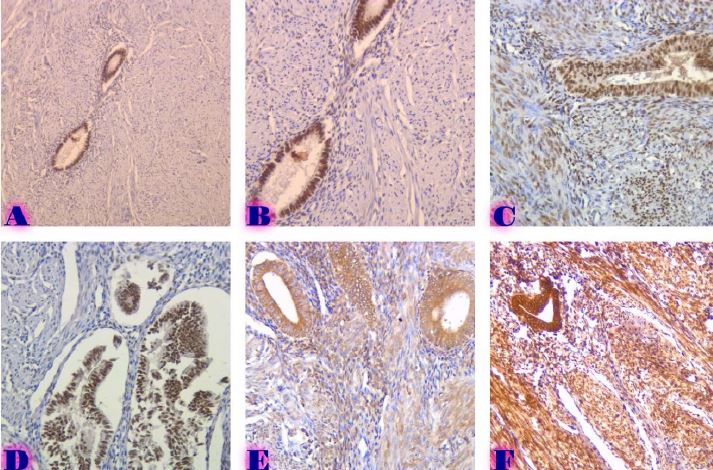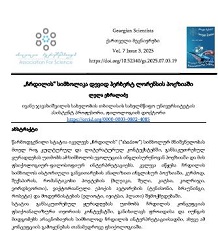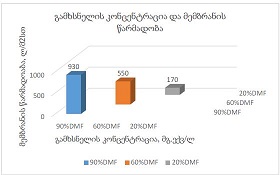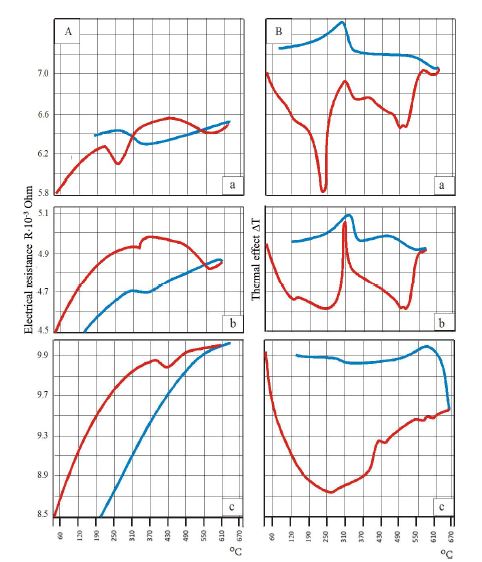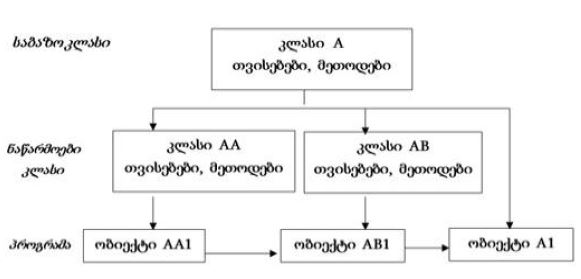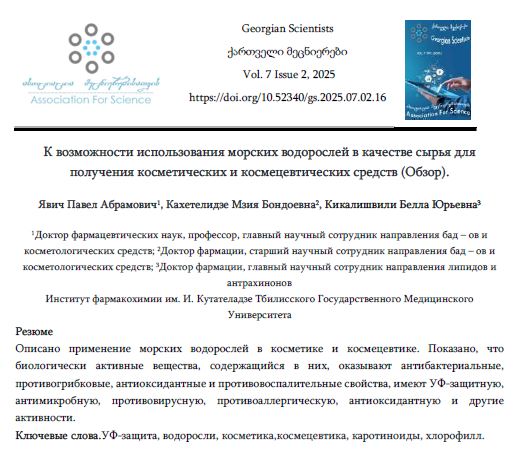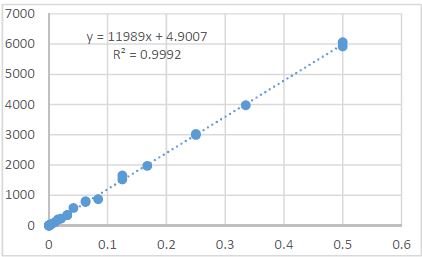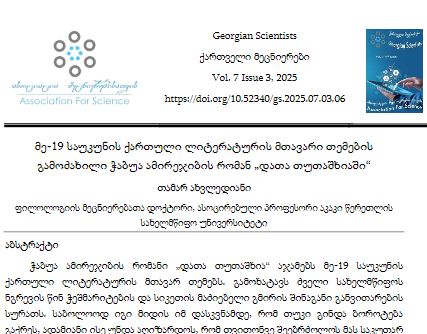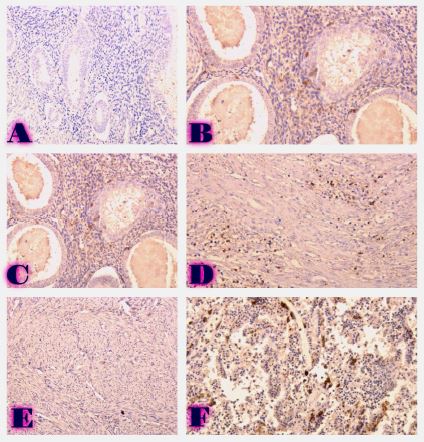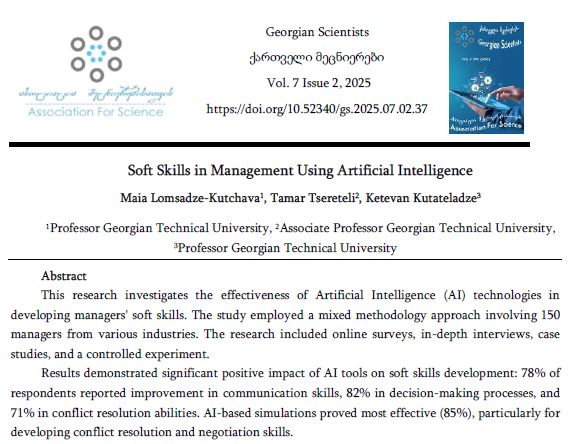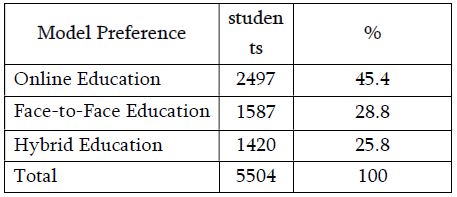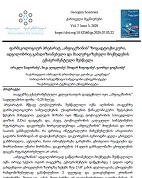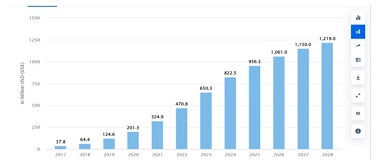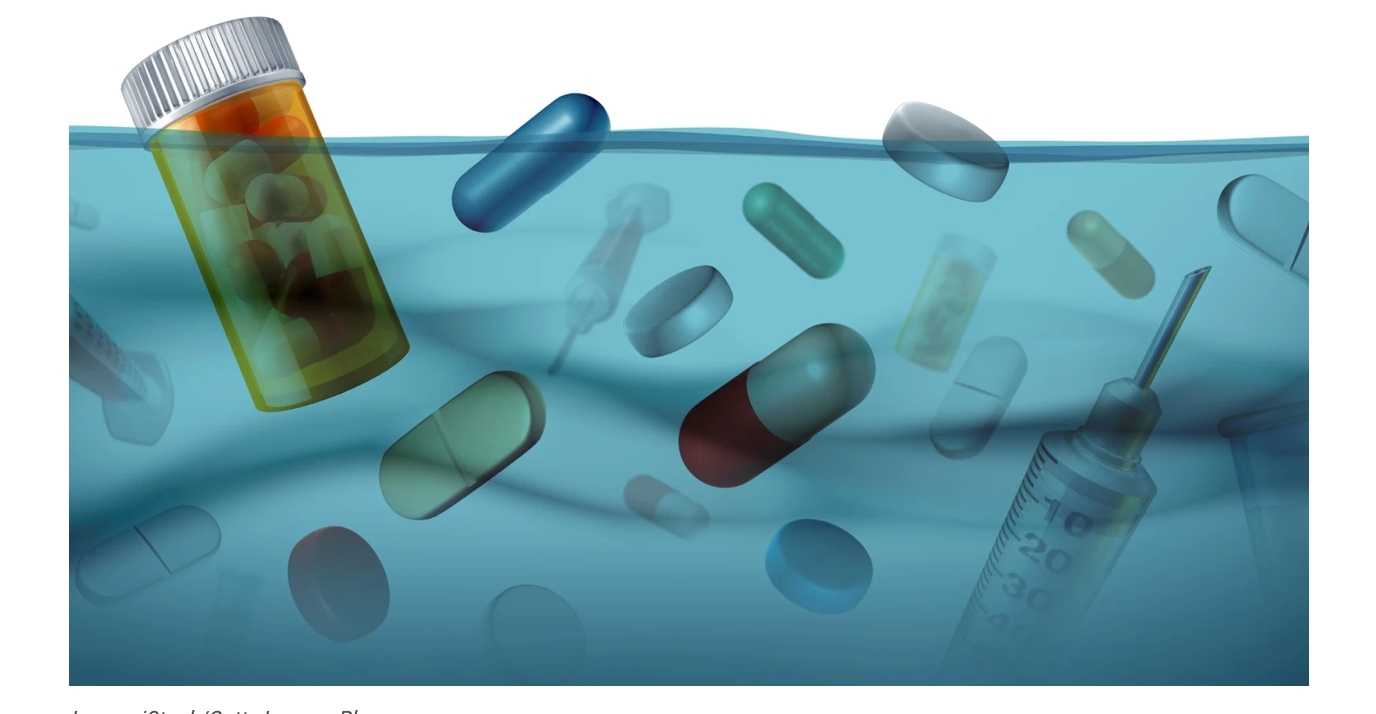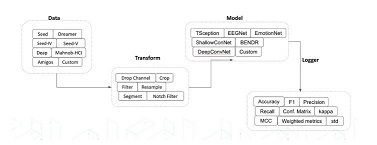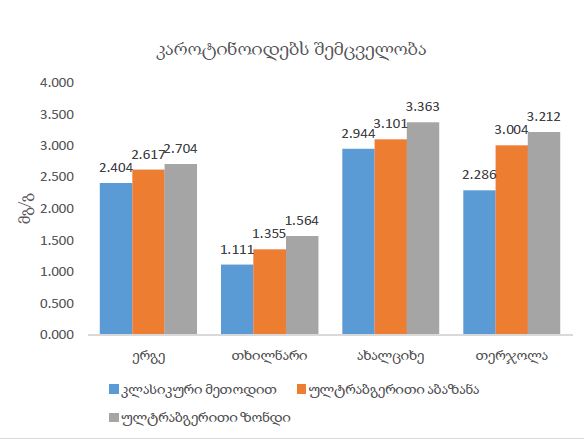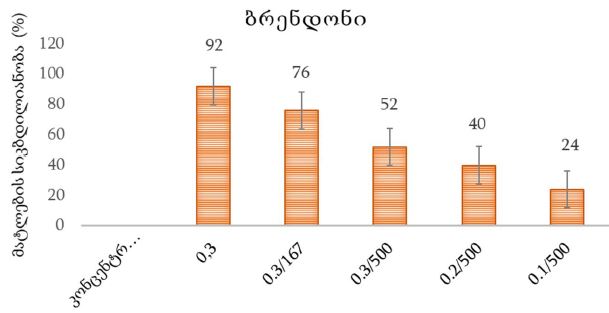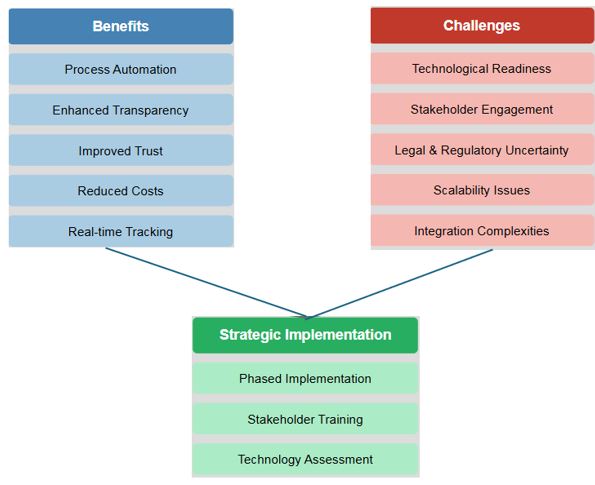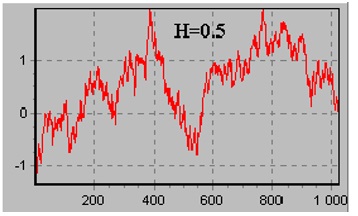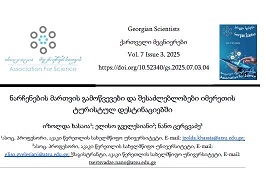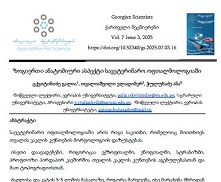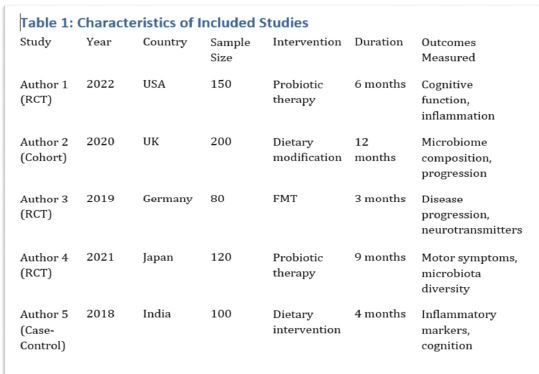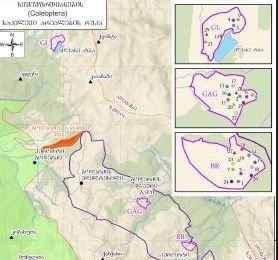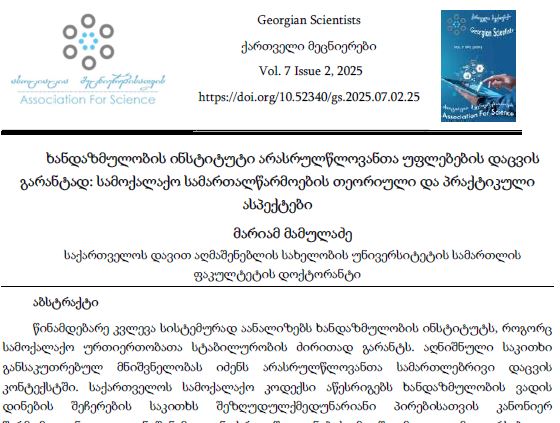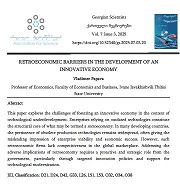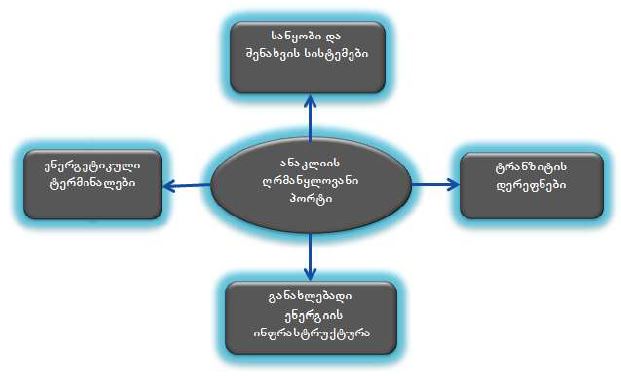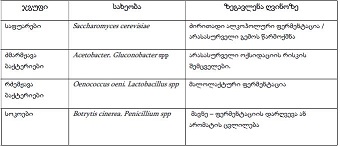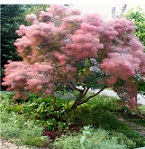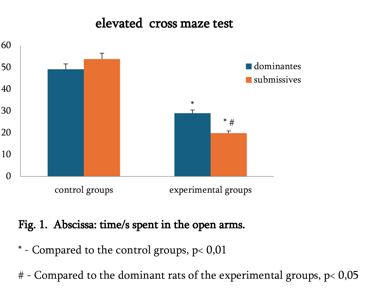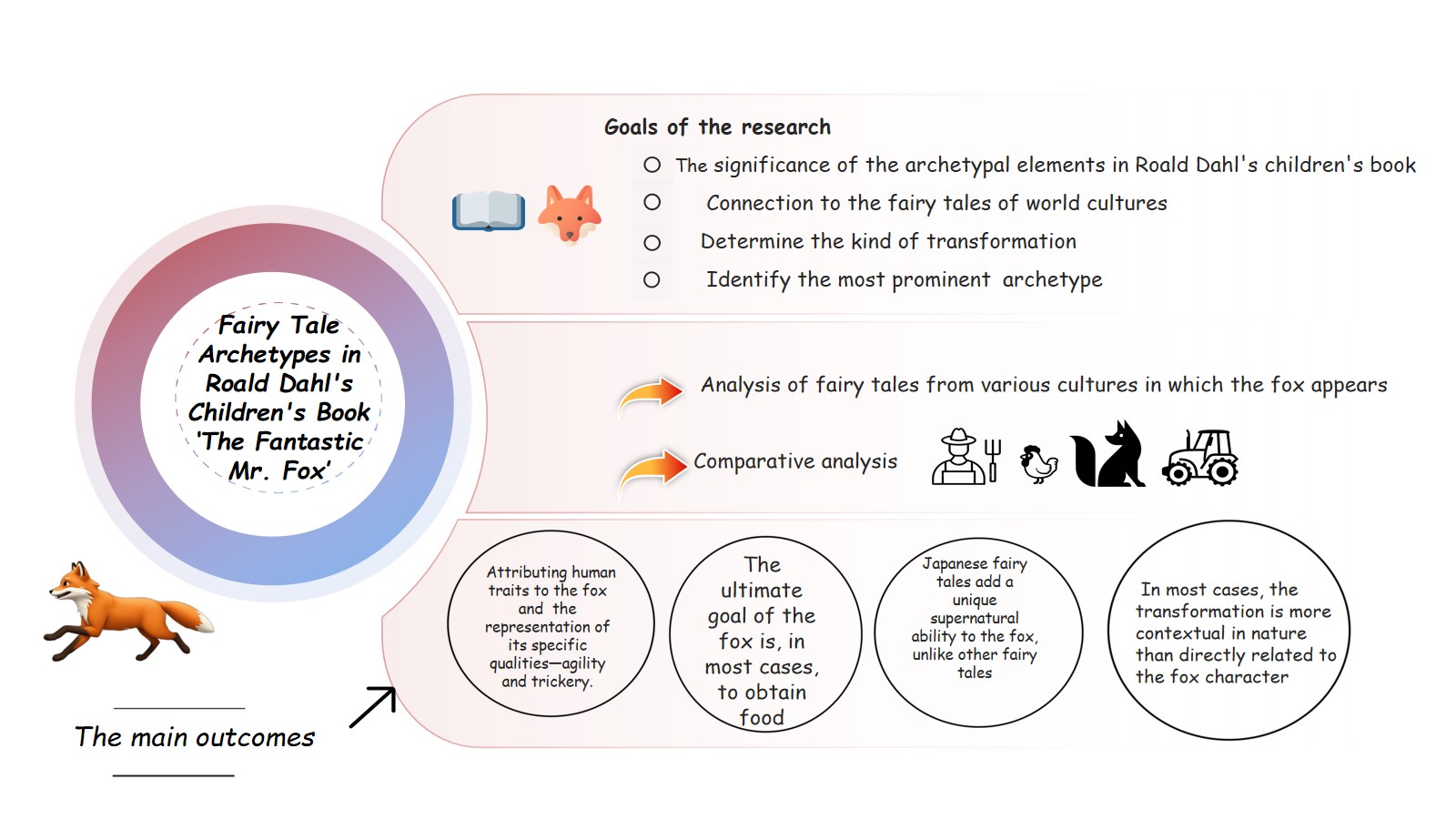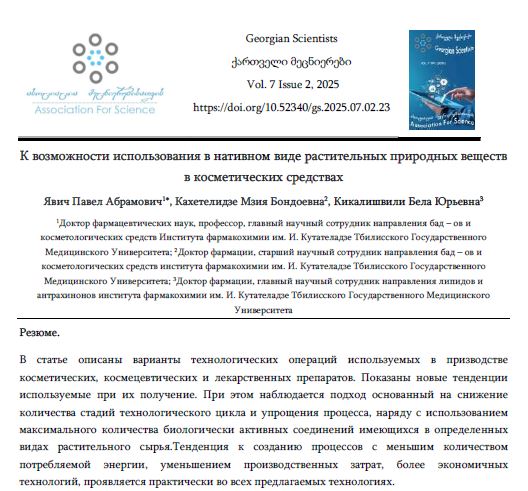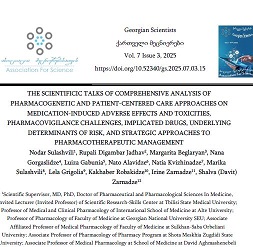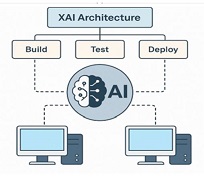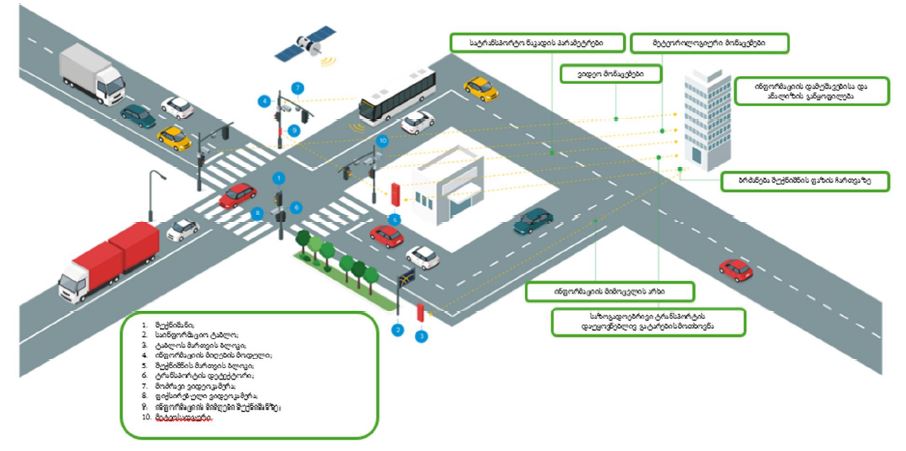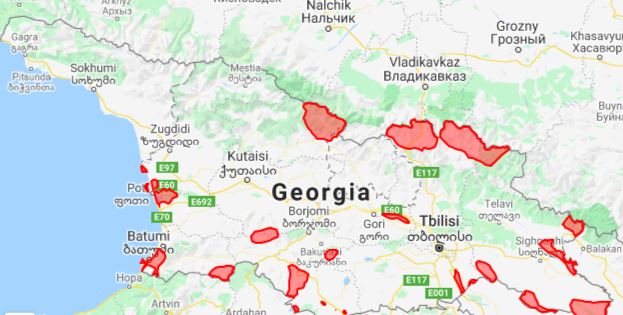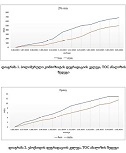Stem Cell Systems and Regeneration

Downloads
Stem cell systems are pivotal in biological development, tissue maintenance, and regenerative medicine due to their dual capacity for self-renewal and differentiation. This review explores the heterogeneity and regulatory mechanisms governing stem cells across potency states—pluripotent, multipotent, and unipotent—emphasizing dynamic transcriptional circuits involving core factors (OCT4, SOX2, NANOG) and signaling pathways (Wnt/β-catenin, Notch, Hedgehog). Stem cell homeostasis, critical for tissue integrity, is maintained through intrinsic (epigenetic, metabolic) and extrinsic (niche-derived) cues, with disruptions linked to aging, degenerative diseases, and cancer. Advances in induced pluripotent stem cells (iPSCs) and genome editing (CRISPR-Cas9) offer transformative potential for personalized therapies, yet challenges such as tumorigenicity, immune rejection, and ethical concerns persist. The role of stem cell niches in modulating quiescence, proliferation, and differentiation is highlighted, alongside applications in tissue engineering, organoid development, and disease modeling. Aging-associated decline in stem cell function, driven by oxidative stress, DNA damage, and epigenetic alterations, underscores the need for rejuvenation strategies. Furthermore, dysregulated transcriptional networks in cancer stem cells (CSCs) present therapeutic targets for precision oncology. Future directions emphasize single-cell multiomics, synthetic biology, and bioengineered niches to refine differentiation protocols and enhance clinical translation. By integrating molecular insights with technological innovations, stem cell research promises to bridge gaps in regenerative medicine, offering novel solutions for degenerative disorders, injury repair, and personalized healthcare.
Downloads
Adell, T., Cebrià, F., & Saló, E. (2010). Gradients in planarian regeneration and homeostasis. Cold Spring Harbor Perspectives in Biology, 2(1), a000505. https://doi.org/10.1101/cshperspect.a000505
Aphkhazava, D., Sulashvili, N., Egnatievi, I., Tupinashvili, T., & Nozadze, M. (2024). DYNAMIC TUMOR MICROENVIRONMENT THEORY: A MULTIFACETED APPROACH TO TUMOR RESEARCH AND BIOCHEMISTRY. Scientific Journal „Spectri“, 9(1). https://doi.org/10.52340/spectri.2024.09.01.06
Aphkhazava, D., Sulashvili, N., Tupinashvili, T., & Nozadze, M. (2024). Dynamic Cellular Equilibrium Theory of Aging: Integrating Maintenance and Accumulation in the Aging Process. Scientific Journal „Spectri“, 8(2). https://doi.org/10.52340/spectri.2023.08.02.03
Aphkhazava, D., Tuphinashvili, T., Sulashvili, N., & Nozadze, M. (2023). The Features and Role of SHP2 Protein in Postnatal Muscle Development. Scientific Journal „Spectri“, 1. https://doi.org/10.52340/spectri.2023.01
Baguñà, J., Romero, R., Saló, E., Collet, J., Auladell, C., Ribas, M., Riutort, M., Garcia-Fernandez, J., Burgaya, F., & Bueno, D. (1990). Growth, degrowth and regeneration as developmental phenomena in adult freshwater planarians. In H.-J. Marthy (Ed.), Experimental Embryology in Aquatic Plants and Animals (pp. 129–162). Plenum Press.
Boyer, L. A., Lee, T. I., Cole, M. F., Johnstone, S. E., Levine, S. S., Zucker, J. P., Guenther, M. G., Kumar, R. M., Murray, H. L., Jenner, R. G., Gifford, D. K., Melton, D. A., Jaenisch, R., & Young, R. A. (2005). Core transcriptional regulatory circuitry in human embryonic stem cells. Cell, 122(6), 947-956. https://doi.org/10.1016/j.cell.2005.08.020
Burnight, E. R., Wiley, L. A., Mullins, R. F., Stone, E. M., & Tucker, B. A. (2015). Gene Therapy Using Stem Cells. Cold Spring Harbor Perspectives in Medicine, 5(4), a017434. https://doi.org/10.1101/cshperspect.a017434
Clevers, H., & Nusse, R. (2012). Wnt/β-catenin signaling and disease. Cell, 149(5), 1192–1205. https://doi.org/10.1016/j.cell.2012.05.012
Clevers, H. (2011). The cancer stem cell: Premises, promises, and challenges. Nature Medicine, 17(3), 313-319.
https://doi.org/10.1038/nm.2304
De Robertis, E. M. (2009). Spemann’s organizer and the self-regulation of embryonic fields. Mechanisms of Development, 126(11–12), 925–941. https://doi.org/10.1016/j.mod.2009.08.004
dlx and sp6-9 control optic cup regeneration in a prototypic eye. PLoS Genetics, 7(8), e1002226. https://doi.org/10.1371/journal.pgen.1002226
Dominici, M., Le Blanc, K., Mueller, I., Slaper-Cortenbach, I., Marini, F., Krause, D., Deans, R., Keating, A., Prockop, D., & Horwitz, E. (2006). Minimal criteria for defining multipotent mesenchymal stromal cells. The International Society for Cellular Therapy position statement. Cytotherapy, 8(4), 315-317. https://doi.org/10.1080/14653240600855905
Felix, D. A., & Aboobaker, A. A. (2010). The TALE class homeobox gene Smed-prep defines the anterior compartment for head regeneration. PLoS Genetics, 6(9), e1000915. https://doi.org/10.1371/journal.pgen.1000915
Gomes, F. L. A. F., Zhang, G., Carbonell, F., Correa, J. A., Harris, W. A., Simons, B. D., & Cayouette, M. (2011). Reconstruction of rat retinal progenitor cell lineages in vitro reveals a surprising degree of stochasticity in cell fate decisions. Development, 138(2), 227–235. https://doi.org/10.1242/dev.059659
GORGASLIDZE, N., SULASHVILI, N., GABUNIA, L., RATIANI, L., & GIORGOBIANI, M. (2023).
The singularities of temozolimide pharmacotherapeutic effects in brain effects in brain tumor therapeutic applications. Experimental and Clinical Medicine Georgia, (4), 62–66. https://doi.org/10.52340/jecm.2023.04.16
Gurley, K. A., Rink, J. C., & Sánchez Alvarado, A. (2008). Beta-catenin defines head versus tail identity during planarian regeneration and homeostasis. Science, 319(5861), 323–327. https://doi.org/10.1126/science.1150029
Halpern, J., O'Hara, S. E., Doxzen, K. W., Witkowsky, L. B., & Owen, A. L. (2019). Societal and ethical impacts of germline genome editing: How can we secure human rights? The CRISPR Journal, 2(5), 293–298. https://doi.org/10.1089/crispr.2019.0029
Hayashi, T., Motoishi, M., Yazawa, S., Itomi, K., Tanegashima, C., Nishimura, O., Agata, K., & Tarui, H. (2011). A LIM-homeobox gene is required for differentiation of Wnt-expressing cells at the posterior end of the planarian body. Development, 138(17), 3679–3688. https://doi.org/10.1242/dev.066852
Iglesias, M., Gómez-Skarmeta, J. L., Saló, E., & Adell, T. (2008). Silencing of Smed-betacatenin1 generates radial-like hypercephalized planarians. Development, 135(7), 1215–1221. https://doi.org/10.1242/dev.020289
Jaba, T. (2022). Dasatinib and quercetin: short-term simultaneous administration yields senolytic effect in humans. Issues and Developments in Medicine and Medical Research Vol. 2, 22-31. Lapan, S. W., & Reddien, P. W. (2011).
Liska, M. G., Crowley, M. G., & Borlongan, C. V. (2017). Regulated and unregulated clinical trials of stem cell therapies for stroke. Translational Stroke Research, 8(2), 93–103. https://doi.org/10.1007/s12975-016-0504-4
Lobo, D., Beane, W. S., & Levin, M. (2012). Modeling planarian regeneration: A primer for reverse-engineering the worm. PLoS Computational Biology, 8(8), e1002481. https://doi.org/10.1371/journal.pcbi.1002481
Meinhardt, H. (2009). Beta-catenin and axis formation in planarians. BioEssays, 31(1), 5–9. https://doi.org/10.1002/bies.080194
Morrison, S. J., & Spradling, A. C. (2008). Stem cells and niches: Mechanisms that promote stem cell maintenance throughout life. Cell, 132(4), 598-611. https://doi.org/10.1016/j.cell.2008.01.038
Newmark, P. A., Wang, Y., & Chong, T. (2008). Germ cell specification and regeneration in planarians. Cold Spring Harbor Symposia on Quantitative Biology, 73, 573–581. https://doi.org/10.1101/sqb.2008.73.022
Orkin, S. H., & Zon, L. I. (2008). Hematopoiesis: An evolving paradigm for stem cell biology. Cell, 132(4), 631-644.
https://doi.org/10.1016/j.cell.2008.01.025
Park, J. S., Suryaprakash, S., Lao, Y. H., & Leong, K. W. (2015). Engineering Mesenchymal Stem Cells for Regenerative Medicine and Drug Delivery. Methods, 84, 3–16. https://doi.org/10.1016/j.ymeth.2015.03.002
Saitou, M., & Yamaji, M. (2012). Primordial germ cells in mice. Cold Spring Harbor Perspectives in Biology, 4(11), a008375. https://doi.org/10.1101/cshperspect.a008375
Scharf B, Clement CC, Yodmuang S, Urbanska AM, Suadicani SO, Aphkhazava D, Thi MM, Perino G, Hardin JA, Cobelli N, Vunjak-Novakovic G, Santambrogio L. (2013): Age related carbonylation of fibrocartilage structural proteins drives tissue degenerative modification.Chem Biol. 25;20(7): 922-34.
Schmidt, R., & Plath, K. (2012). The roles of the reprogramming factors Oct4, Sox2 and Klf4 in resetting the somatic cell epigenome during induced pluripotent stem cell generation. Genome Biology, 13(10), 251. https://doi.org/10.1186/gb-2012-13-10-251
Sharma, A., Mir, R., & Galande, S. (2021). Epigenetic regulation of the Wnt/β-catenin signaling pathway in cancer. Frontiers in Genetics, 12, 681053. https://doi.org/10.3389/fgene.2021.681053
Singh, V. K., Kalsan, M., Kumar, N., Saini, A., & Chandra, R. (2015). Induced Pluripotent Stem Cells: Applications in Regenerative Medicine, Disease Modeling, and Drug Discovery. Frontiers in Cell and Developmental Biology, 3, 2. https://doi.org/10.3389/fcell.2015.00002
SULASHVILI, N. . ., GORGASLIDZE , N. ., BEGLARYAN , M. ., GABUNIA , L. ., CHICHOYAN , N. ., GIORGOBIANI , M. ., … ZARNADZE, S. (DAVIT) . (2022). THE SCIENTIFIC TALKS OF ESSENTIAL ISSUE, INVOCATION, PERSPECTIVES, INCLINATIONS AND FEATURES OF THE CLINICAL PHARMACISTS GLOBALLY. Experimental and Clinical Medicine Georgia, (7).
SULASHVILI, N., BEGLARYAN, M., GORGASLIDZE, N., KOCHARYAN, S., CHICHOYAN , N., GABUNIA, L., … ZARNADZE, S. (DAVIT). (2023). THE DISCLOSURE OF FEATURES, CHARACTERISTICS, POSSIBILITIES AND SPECIALTIES OF CLINICAL PHARMACISTS AS MEDIATOR AMONG DOCTORS AND PATIENTS FOR ENHANCEMENT PUBLIC HEALTH SECTOR IN A GLOBAL WORLD. Experimental and Clinical Medicine Georgia, (4), 57–62. https://doi.org/10.52340/jecm.2023.04.15
SULASHVILI, N., GORGASLIDZE, N., GABUNIA, L., GIORGOBIANI, M., & RATIANI, L. (2023). MANIFESTATION OF THE PARTICULARITIES OF THE USAGE FEATURES OF MONOCLONAL ANTIBODIES IN VARIOUS PHARMACOTHERAPEUTIC APPLICATIONS. Experimental and Clinical Medicine Georgia, (4), 52–57.
Sulashvili, N., Davitashvili, M., Gorgaslidze, N., Gabunia, L., Beglaryan, M., Alavidze, N., … Sulashvili, M. (2024). THE SCIENTIFIC DISCUSSION OF SOME ISSUES OF FEATURES AND CHALLENGES OF USING OF CAR-T CELLS IN IMMUNOTHERAPY. Georgian Scientists, 6(4), 263–290. https://doi.org/10.52340/gs.2024.06.04.24
SULASHVILI, N., GORGASLIDZE, N., GABUNIA, L., GIORGOBIANI, M., & RATIANI, L. (2023). MANIFESTATION OF THE PARTICULARITIES OF THE USAGE FEATURES OF MONOCLONAL ANTIBODIES IN VARIOUS PHARMACOTHERAPEUTIC APPLICATIONS. Experimental and Clinical Medicine Georgia, (4), 52–57. https://doi.org/10.52340/jecm.2023.04.14
SULASHVILI, N., GORGASLIDZE, N., GABUNIA, L., RATIANI, L., KHETSURIANI, S., KRAVCHENKO, V., SULASHVILI, M. (2024). MANIFESTATION OF THE PARTICULARITIES OF SOME KEY ISSUE ASPECTS OF NEW IMMUNOTHERAPY CHALLENGES AND PERSPECTIVES BY CAR-T CELL THERAPY. Experimental and Clinical Medicine Georgia, (4), 119–121. https://doi.org/10.52340/jecm.2024.04.32.
Swain, N., Thakur, M., Pathak, J., & Swain, B. (2020). SOX2, OCT4 and NANOG: The core embryonic stem cell pluripotency regulators in oral carcinogenesis. Journal of Oral and Maxillofacial Pathology, 24(2), 368–373. https://doi.org/10.4103/jomfp.JOMFP_84_20
Tkemaladze, J. (2023). Reduction, proliferation, and differentiation defects of stem cells over time: A consequence of selective accumulation of old centrioles in the stem cells? Molecular Biology Reports, 50(3), 2751–2761. https://doi.org/10.1007/s11033-022-08221-3
Tkemaladze, J. (2024). Editorial: Molecular Mechanism of Ageing and Therapeutic Advances Through Targeting Glycative and Oxidative Stress. Front Pharmacol. 2024 Mar 6;14:1324446. doi: 10.3389/fphar.2023.1324446. PMID: 38510429; PMCID: PMC10953819.
Tkemaladze, J. V., & Chichinadze, K. N. (2005). Centriolar mechanisms of differentiation and replicative aging of higher animal cells. Biochemistry (Moscow), 70(12), 1288–1303. https://doi.org/10.1007/s10541-005-0266-1 Tkemaladze J. (2024). Editorial: Molecular mechanism of ageing and therapeutic advances through targeting glycative and oxidative stress. Front Pharmacol. 2024 Mar 6;14:1324446. doi: 10.3389/fphar.2023.1324446. PMID: 38510429; PMCID: PMC10953819.
Tkemaladze, J., & Apkhazava, D. (2019). Dasatinib and quercetin: Short-term simultaneous administration improves physical capacity in human. Journal of Biomedical Science, 8(3), 3. https://doi.org/10.24966/BS-3935/100003
Trounson, A., & McDonald, C. (2015). Stem cell therapies in clinical trials: Progress and challenges. Cell Stem Cell, 17(1), 11-22. https://doi.org/10.1016/j.stem.2015.06.007
Tuan, R. S., Boland, G., & Tuli, R. (2003). Adult mesenchymal stem cells and cell-based tissue engineering. Arthritis Research & Therapy, 5(1), 32–45. https://doi.org/10.1186/ar614
van der Flier, L. G., & Clevers, H. (2009). Stem cells, self-renewal, and differentiation in the intestinal epithelium. Annual Review of Physiology, 71, 241–260. https://doi.org/10.1146/annurev.physiol.010908.163145
Vandana, J. J., Manrique, C., Lacko, L. A., & Chen, S. (2023). Human pluripotent-stem-cell-derived organoids for drug discovery and evaluation. Cell Stem Cell, 30(5), 571–591. https://doi.org/10.1016/j.stem.2023.04.011
Young, R. A. (2011). Control of the embryonic stem cell state. Cell, 144(6), 940-954. https://doi.org/10.1016/j.cell.2011.01.032
Zare, A., Salehpour, A., et al. (2023). Epigenetic modification factors and microRNAs network associated with differentiation of embryonic stem cells and induced pluripotent stem cells toward cardiomyocytes: A review. Life, 13(2), 569. https://doi.org/10.3390/life13020569
Zhang, P., Li, X., Pan, C., Zheng, X., Hu, B., Xie, R., Hu, J., Shang, X., & Yang, H. (2022). Single-cell RNA sequencing to track novel perspectives in HSC heterogeneity. Stem Cell Research & Therapy, 13(1), 39. https://doi.org/10.1186/s13287-022-02717-2
Copyright (c) 2025 Georgian Scientists

This work is licensed under a Creative Commons Attribution-NonCommercial-NoDerivatives 4.0 International License.





